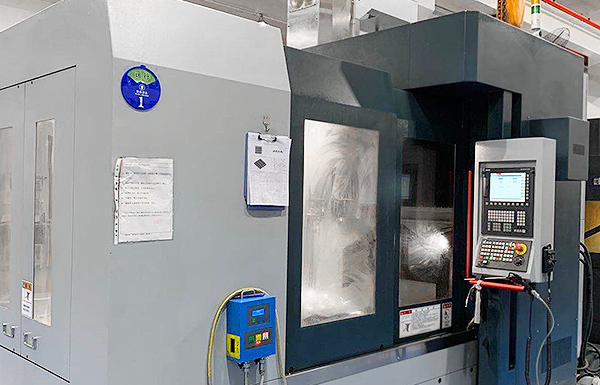Introduction
Injection mould design is a critical aspect of plastic injection moulding. It involves creating a mould to produce high-quality plastic parts that meet the design specifications. A well-designed mould can improve the efficiency and quality of the plastic injection moulding process, while a poorly designed mould can lead to defects, increased costs, and production delays.

Rule 1: Design for Manufacturability
Designing a mould for manufacturability is critical to ensure that the mould can be produced efficiently and cost-effectively. Developing a decay with complex features or difficult-to-machine components can lead to increased costs and production delays. It is essential to consider the manufacturability of the mould during the design phase to ensure that the mould can be produced efficiently and cost-effectively.
Rule 2: Gate Design
The gate is the point at which the molten plastic enters the mould cavity. The gate design is critical to ensure the plastic correctly fills the mould cavity and produces high-quality parts. The gate size and location should be carefully considered to ensure the plastic flows evenly and fills the mould cavity. The gate design should also be optimized to minimize flash, which is the excess plastic that is produced when the plastic overflows the mould cavity.
Rule 3: Parting Line Design
The parting line is the line that separates the two halves of the mould. The parting line design is critical to ensure that the mould can be opened and closed correctly and that the plastic parts can be ejected quickly. The parting line should be located in an area that minimizes the impact on the part’s appearance and allows easy ejection of the domain from the mould.
Rule 4: Draft Angle Design
The draft angle is the angle that is built into the mould to enable easy ejection of the part from the mould. The draft angle design is critical to ensure that the amount can be ejected quickly and that the mould is not damaged during the ejection process. The draft angle should be carefully considered to ensure that it is sufficient for the part’s geometry and consistent across all regions’ surfaces.
Rule 5: Wall Thickness Design
The wall thickness of the part is critical to ensure that it is strong and can be produced cost-effectively. The wall thickness should be designed to provide the piece is strong enough to withstand the stresses it will be subjected to during use. The wall thickness should also be prepared to minimize the amount of material required to produce the part, which can reduce costs.
Rule 6: Ejector Pin Design
Ejector pins push the part out of the mould cavity after forming it. The ejector pin design is critical to ensure that the domain is ejected cleanly and that the mould is not damaged during the ejection process. The ejector pin should be located in an area that minimizes the impact on the part’s appearance and allows easy ejection from the mould.
Rule 7: Venting Design
Venting is the process of allowing air to escape from the mould cavity during the injection moulding process. Venting is critical to ensure that the plastic fills the mould cavity correctly and that the part is not damaged during the injection moulding. The venting design should be carefully considered to ensure that the mould is vented correctly and that the domain is produced without defects.
Rule 8: Cooling System Design
The cooling system is critical to ensure the plastic part is cooled correctly and the mould can be opened and closed efficiently. The cooling system should be designed to ensure that the plastic piece is cooled evenly and minimize the cooling time. The cooling system should also be prepared to ensure it does not interfere with the part’s geometry or appearance.
Rule 9: Mold Material Selection
The mould material is critical to withstand the stresses it will be subjected to during the injection moulding process. The mould material should be selected based on the part’s geometry, the material used for injection moulding, and the expected production volume. The mould material should also be chosen based on its durability, thermal conductivity, and ability to withstand wear and tear.
Rule 10: Maintenance Considerations
The mould’s maintenance and repair are critical to ensure that the mould continues to produce high-quality parts efficiently and cost-effectively. The mould should be designed with maintenance and repair considerations, such as easy access to critical and standardized components. The mould should also be prepared to minimize the need for maintenance and repairs, such as by selecting durable materials and designing the cooling system to reduce wear and tear.
Conclusion
In conclusion, designing an injection mould is a complex process that requires careful consideration of many factors. By following the rules outlined in this article, plastic injection moulding manufacturers can ensure that the mould produces high-quality plastic parts efficiently and cost-effectively. By designing the mould for manufacturability, optimizing the gate and parting line design, considering draft angle and wall thickness, selecting the appropriate mould material, and preparing for maintenance and repair, plastic injection moulding manufacturers can produce high-quality plastic parts meet the design specifications.
